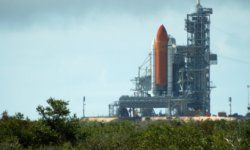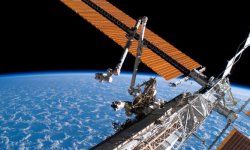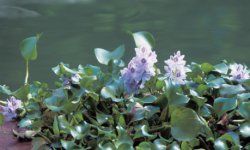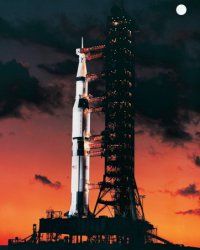This might seem odd considering how much of NASA researchers' focus is directed skyward, but from time to time, they also study how to improve soil conditions right here on Earth. (Though to be fair, the main motivation behind at least one important innovation was cleaning up contamination that NASA caused in the first place.)
During the Apollo program, NASA workers used toxic chemical solvents to clean the rockets waiting on the launch pad. These solvents are also employed in manufacturing processes as diverse as producing dry cleaning fluids or keeping pests away from growing crops. Unfortunately, when released into the ground, they spread far, last a long time, and when they eventually do degrade, they often produce other harmful substances.
So scientists from the Kennedy Space Center teamed up with researchers from the University of Central Florida, and together they developed a way to remediate the solvents that was faster and more cost-effective than the few existing methods. The resulting process won the NASA's 2005 Invention of the Year award in both the government and the commercial category. It works by using tiny particles of emulsified zero-valent iron (or EZVI) suspended in water droplets which, in turn, are emulsified in vegetable oil. The iron triggers a chemical reaction which reduces the level of solvents; then the hydrogen that's released when the vegetable oil ferments further decreases the amount of environmental contaminants in the soil.



